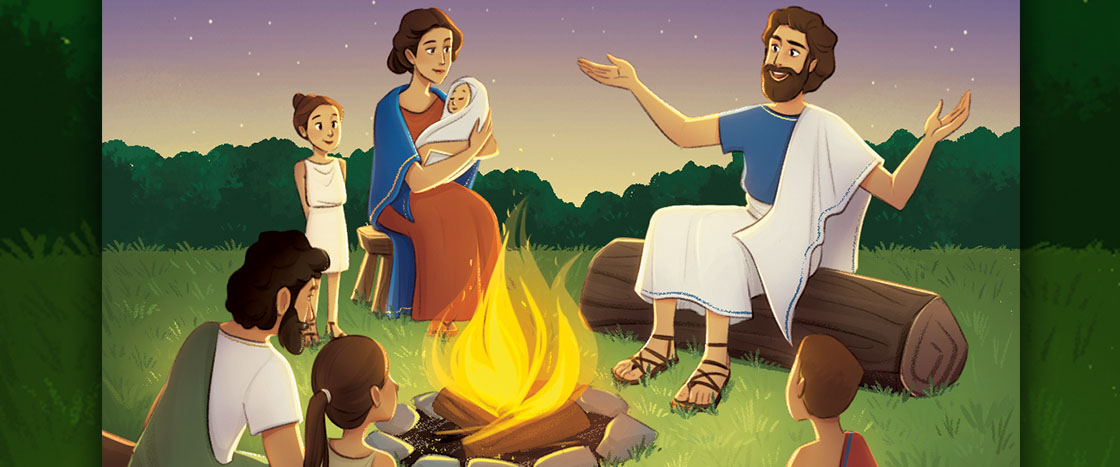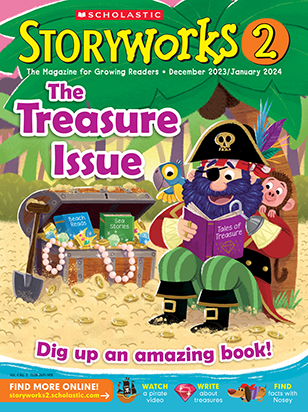Thousands of years ago, people told stories. We call these stories myths. There are many myths from all over the world. The story you are about to read comes from Greece.

What Is a Myth?
You are about to read a myth. Here are some facts to know first.
Learning Objective: Students will learn background knowledge about myths before they read “The Myth of Arachne.”
Standards
1. Old Stories
2. Explaining nature
In ancient Greece, people thought the god Zeus made lightning strike.
Why does the sun shine? Why is there rain and lightning? Long ago, people didn’t have the answers. Myths explained how these things came to be.
3. Gods and Goddesses
From left: Artemis, Poseidon, Hydra
Gods and goddesses play a big part in myths. They have amazing powers. Myths also star monsters, heroes, and regular people.
4. A Big Change
When you read a myth, see if any of the characters change shape or form.
A big change like that is called a metamorphosis (meh-tuh-MOR-fuh-suhs). In one myth, a woman turns into a tree! Myths often have a lesson too.
Implementation
- Small group; whole group; independent reading
1. Use the Before-Reading Resources
- Play the Vocabulary Slideshow (5 minutes)
Help students become familiar with the vocabulary words they will see in the article.
Help students become familiar with the vocabulary words they will see in the article.
2. Read the Article
Reading focus: Build background knowledge (30 minutes)
- This article gives students background knowledge that will help them better understand the first text in this issue’s paired texts, “The Myth of Arachne.”
- As they read, tell students to pay attention to the different elements that they can find in myths. They will be reading a story soon, and they will have to figure out what makes it a myth.
3. After-Reading Skills Practice
- Myth Checklist: (15 minutes)
Once students have also read “The Myth of Arachne,” they can use what they learned in this Background Builder to identify what makes this story a myth.
Once students have also read “The Myth of Arachne,” they can use what they learned in this Background Builder to identify what makes this story a myth.
You can use this skills page to practice other skills. (15 minutes)
- Quiz: Comprehension check
